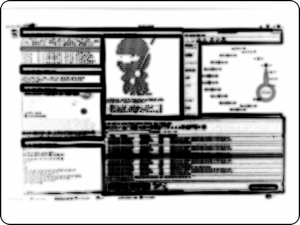CloudFlare is an interesting young company, a few years old, as introduced in this Bloomberg article. Although it is tempting to just describe it as being similar to Akamaibecauseit provides web acceleration and DOS protection through the use of a Content Distributed Network (CDN), it is also different. As explained by its founder, Matthew Price, it can understand, analyse and protect all requests to a website, not just a subset. It also has a different price model starting with a free offering and generally being much less expensive than the competition even with its pro/business/enterprise options.
In a nutshell, CloudFlare appears to be a service that can help optimise and protect any websites for no or little money.
What actually prompted me to look into that company, is a recent hacking incident they were the victim of. One that saw its founder’s gmail account compromised through a Google password recovery bypass, using a flawed AT&T voicemail redirection. This was used to leverage a Gmail Enterprise Account flaw in its dual Factor Authentication which resulted in the compromise of one of CloudFlare customer account. Although the hacker had a bit of luck as it needed a phone call to reset Google Mail account password to go to Matthew’s voicemail, it was a fairly sophisticated attack.
But what impressed me the most, and the reason why I see CloudFlare in a very positive light even after this successful hack, is how this company responded and how it disclosed the details of the attack. I really think the timeline as shown below (taken from the CloudFlare website) is a very effective way of representing an attack, its reasons of success and the countermeasures taken. You can read more details about this attack on the company’s blog.

 RSS Feeds
RSS Feeds An interesting timeline representation of the CloudFlare’s hack
An interesting timeline representation of the CloudFlare’s hack